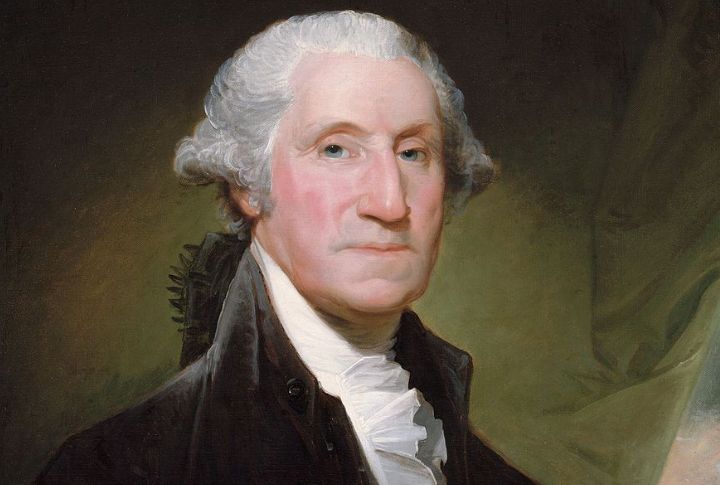
You’ve probably heard some famous historical stories, but how many of them are actually true? These well-known myths have been passed down for centuries, fooling even the most educated. Ready to find out which ones are just plain wrong? Let’s explore some historical myths and separate fact from fiction.
Napoleon Was Very Short
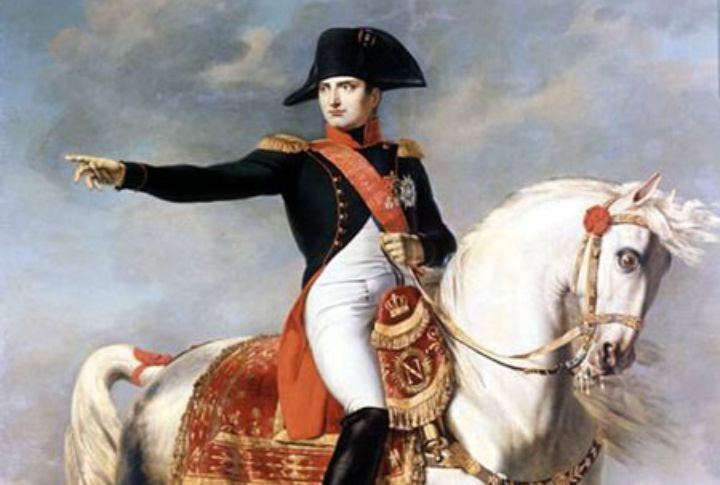
Contrary to popular belief, Napoleon was of average height for his time, standing at about 5’7″. The “Napoleon was short” myth likely stems from confusion between French and British measurement systems and political cartoons mocking his stature. In reality, his true legacy lies in his significant impact on European history.
Cleopatra Was Egyptian
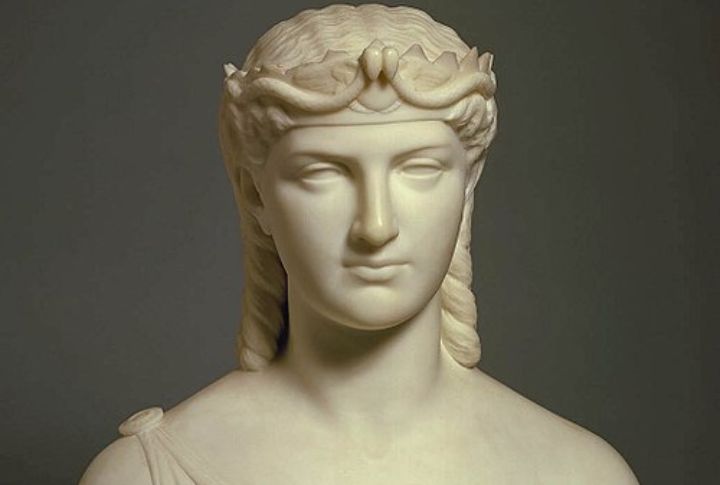
Although Cleopatra ruled Egypt and is strongly associated with its history, she wasn’t Egyptian. She was part of the Ptolemaic dynasty, descended from Macedonian Greece after Alexander the Great’s conquests. Cleopatra embraced Egyptian customs and language to present herself as Egypt’s true heir, but her roots were Greek.
Vikings Wore Horned Helmets

The iconic image of Vikings wearing horned helmets is a myth. Vikings didn’t actually wear this headgear. The myth was popularized by 19th-century artists and writers who exaggerated Viking imagery for dramatic effect. In reality, Viking helmets were made of metal and leather for protection during battle. Safe to say, it boasted no horns!
George Washington Had Wooden Teeth
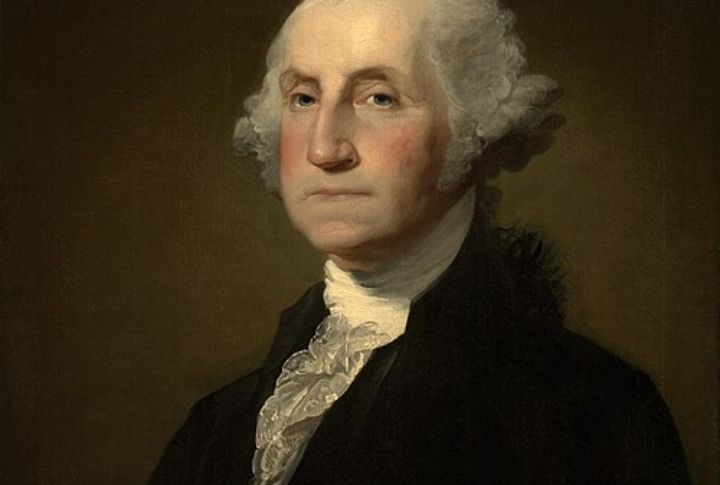
When people picture George Washington’s teeth, wooden dentures often come to mind. In truth, his dentures were made from ivory, metal, and even human teeth—never wood. The myth likely arose because the ivory would stain and crack over time, giving the dentures a rough, wood-like appearance.
Betsy Ross Designed The First American Flag
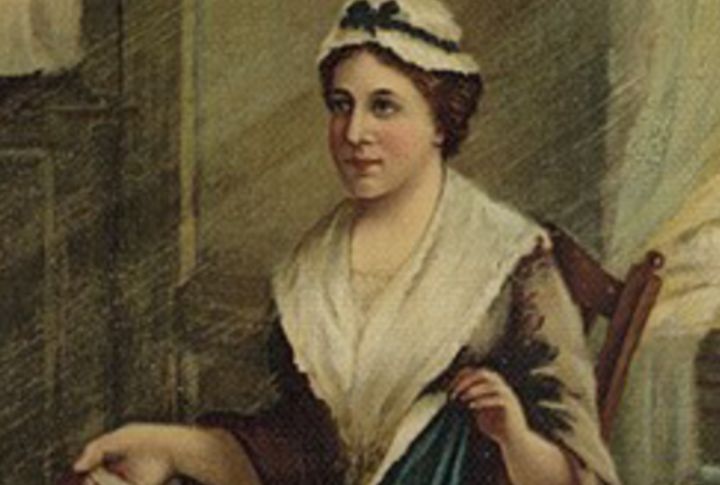
Betsy Ross is often credited with designing the first American flag, though historical evidence supporting this claim is weak. Ross was a skilled seamstress and did make flags, yet there’s no definitive proof she designed the first one. The story became popular in American folklore, but the true creator remains uncertain.
The Great Wall Of China Is Visible From Space

Just imagine the Great Wall of China stretching across the Earth, visible from space. Now, let it remain an imagination because it is not real! Blending too seamlessly with the surroundings, the wall is nearly impossible to spot from orbit. Astronauts confirm this myth is false. The Great Wall is an architectural marvel and a monumental feat of engineering, but not a site from space stations.
Marie Antoinette Said, “Let Them Eat Cake”

Although the phrase “Let them eat cake” is attributed to Marie Antoinette, there is no evidence she ever said it. The quote likely came from propaganda that aimed to depict her as indifferent to the suffering of the people. Historical records show her role was far more complex than this myth suggests.
Albert Einstein Failed Math As A Student

One of the most enduring myths about Albert Einstein is that he failed math as a child. In reality, he was a strong student and had mastered calculus by age 15. The rumor likely stems from a misunderstanding or mistranslation of his academic records. Far from struggling, Einstein excelled early in subjects that later defined his career.
Salem Executed Witches By Burning

The Salem witch trials were brutal, but none of the convicted were burned. Unlike in European witch hunts, the 20 people executed in Salem were hanged, not burned. One man, Giles Corey, was pressed to death. The image of witches on fire is a dramatic but inaccurate carryover from European history, not colonial Massachusetts.
Columbus Didn’t Discover That The Earth Was Round

Despite the common myth, educated Europeans in Columbus’s time already knew the Earth was round. Ancient Greek scholars had calculated its circumference centuries earlier. Columbus’s voyage stirred controversy because his estimates were wildly off, not because people feared he’d fall off the edge of a flat world.

